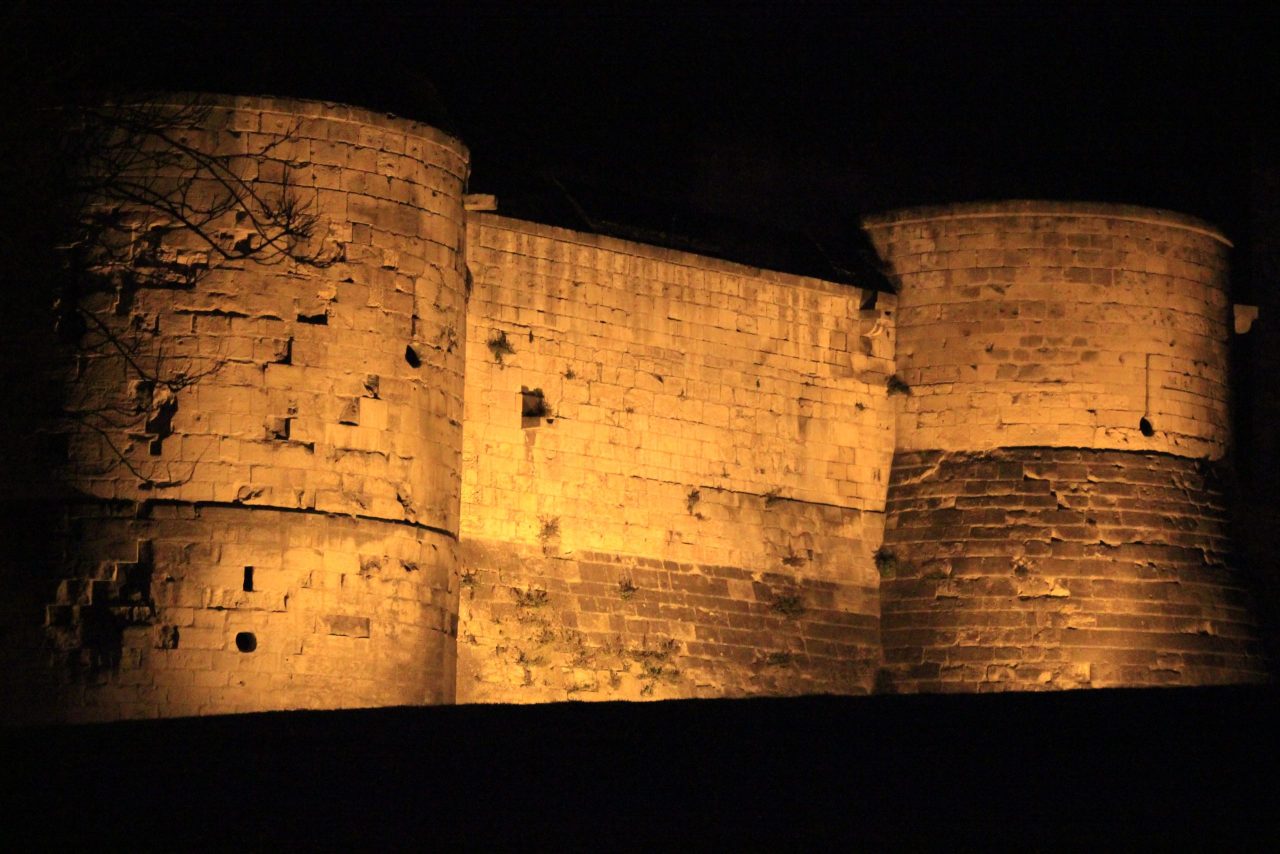
Night over Caen Castle, France. Photo by Lionel Allorge, CC BY-SA 3.0
Medieval times, spanning roughly from the 5th to the 15th century, was an era of chivalry, castles, and knights. While commonly associated with a lack of amenities and harsh living conditions, the Medieval times also saw the emergence of a distinct luxury culture. Beneath the surface of austerity and feudal obligations, a select few enjoyed lavish lifestyles that showcased the opulence of the time.
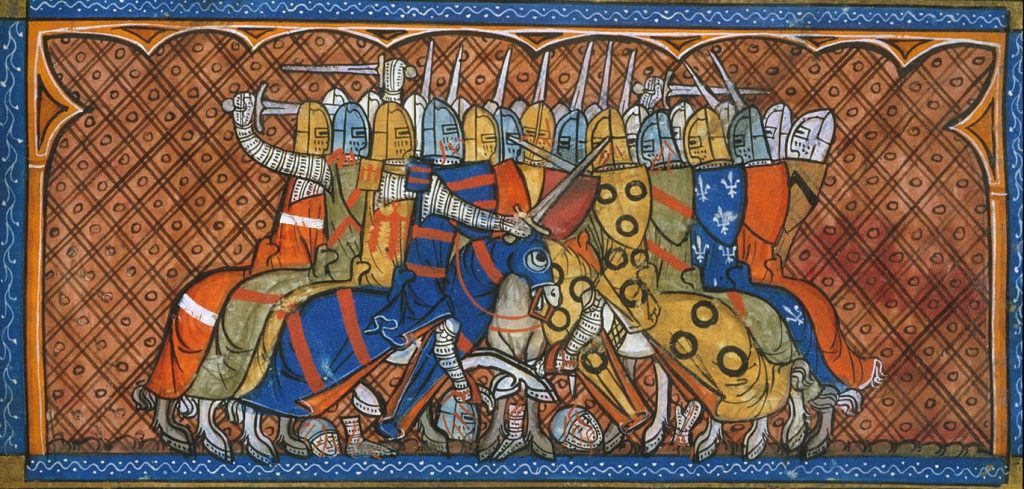
Extravagant Attire
One of the most prominent symbols of medieval times luxury was the extravagant attire donned by the nobility. The elite showcased their social standing through clothing made from sumptuous fabrics, such as silk, velvet, and brocade, often adorned with intricate embroidery and precious gemstones.
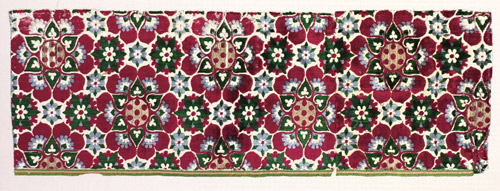
Exquisite gowns and elaborately tailored tunics reflected the wearer’s taste, while extravagant headdresses and feathered caps added a touch of grandeur.
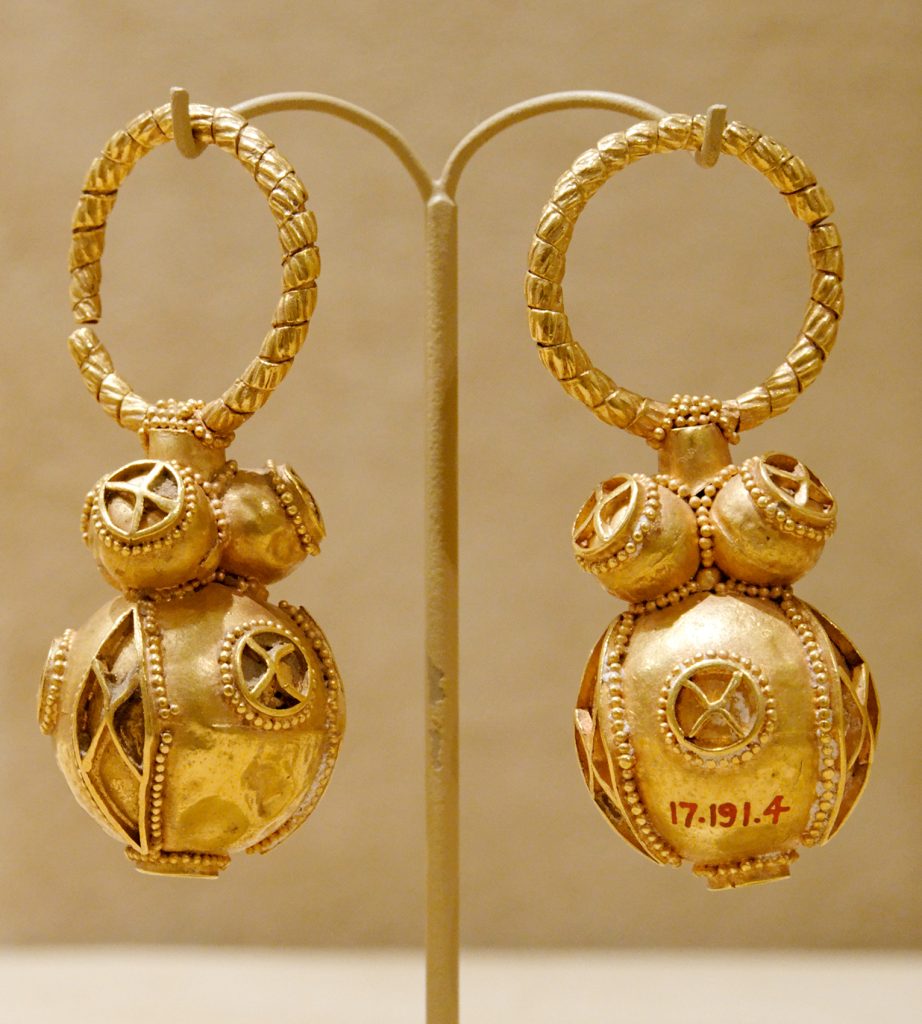
In addition to clothing, medieval nobility adorned themselves with opulent jewelry. Intricately crafted gold and silver pieces adorned with diamonds, emeralds, rubies, and sapphires showcased their wealth and elevated their status. Rings, necklaces, and elaborate brooches were not only decorative but also symbols of power and prestige.
Feasts With Silverware and Gold Goblets
The fests in medieval times were renowned for their extravagance and the opportunity they presented to showcase opulence. Banquets were not only occasions for indulging in sumptuous delicacies but also a means for the elite to display their wealth and generosity. Lavish dishes such as roasted meats, spiced pies, and exotic fruits were served in abundance. The use of spices like saffron and cinnamon, which were rare and costly, further added to the opulence of these feasts.
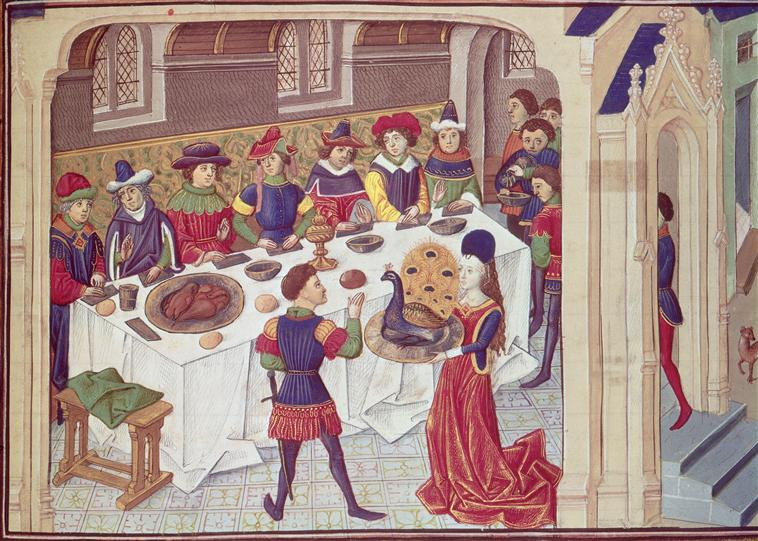
Elaborate table settings featuring finely crafted silverware, gold goblets, and intricately designed tablecloths were common sights at noble gatherings. Additionally, entertainers like jesters, musicians, and dancers were hired to enhance the merriment and extravagance of the event.
Castle Lifestyle
During medieval times, castles, though often associated with fortified defense, were also centers of luxury and splendor for the nobility. The wealthiest lords and kings transformed their castles into opulent residences, featuring intricately decorated chambers, ornate tapestries, and finely carved furniture. Comfortable beds with silk or velvet canopies offered a sense of luxury, while extravagant fireplaces and heated baths provided some respite from the otherwise harsh conditions of the medieval times.
Castle gardens were designed with meticulous care, showcasing rare flowers and exotic plants. Water features like fountains and pools added a touch of elegance to these private sanctuaries, further exemplifying the indulgent lifestyle of the elite.
Patronage of Arts and Culture
Medieval luxury extended beyond material possessions and encompassed the patronage of arts and culture. Kings, queens, and nobles were avid supporters of artists, musicians, and writers, commissioning elaborate pieces that celebrated their wealth and status. Lavishly illustrated manuscripts, majestic tapestries, and awe-inspiring sculptures adorned their palaces, reflecting the sophistication and refinement of their tastes.
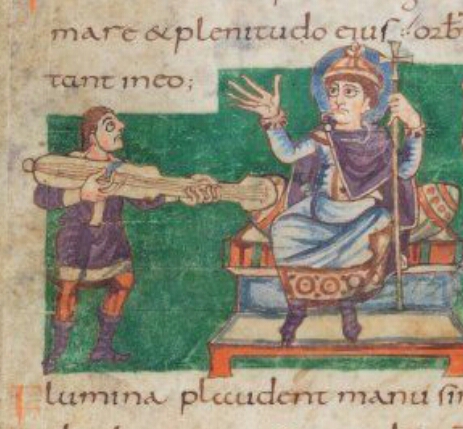
By supporting the arts, the elite of medieval times demonstrated their cultivated sensibilities and sought to leave a lasting legacy that showcased their contribution to the cultural landscape of the time.
Expensive and Exotic Goods
The medieval times witnessed the rise of long-distance trade and exploration, leading to the introduction of exotic goods from far-off lands. The elite reveled in the possession of rare spices, precious gems, silks from the East, and intricate carpets from the Middle East. Owning such items not only added to their personal luxury but also served as a testament to their ability to access and dominate lucrative trade routes.
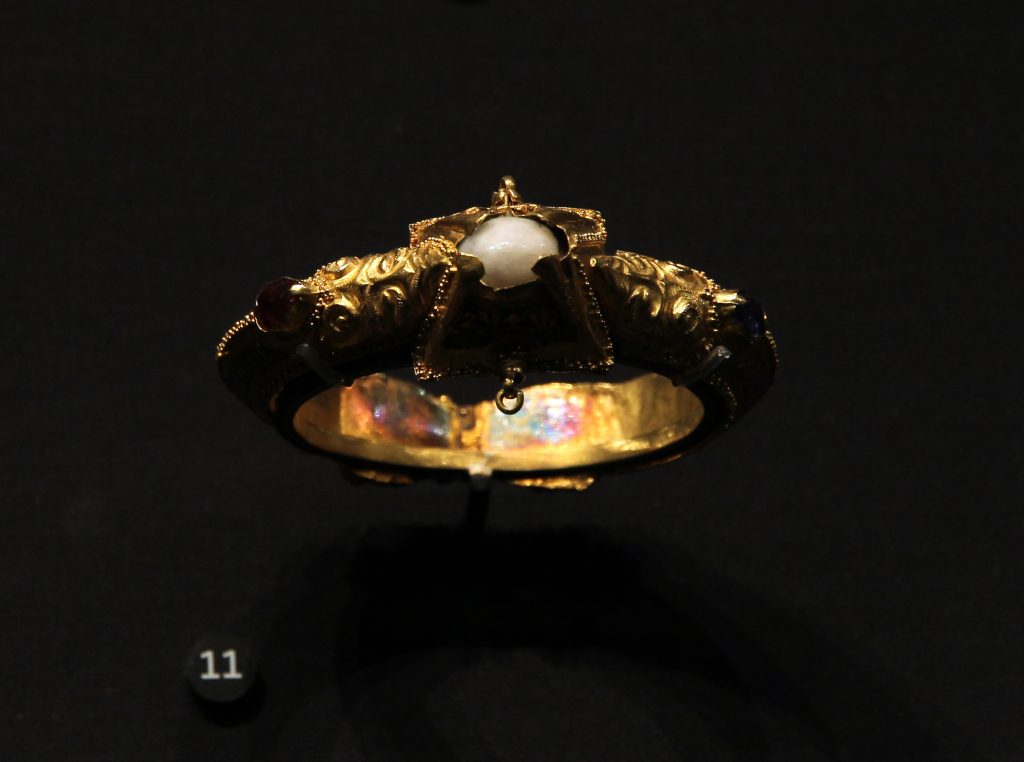
Medieval luxury was not an aspect widely associated with the Middle Ages, but beneath the surface of rugged knights and castles lay a world of opulence reserved for the elite few. Lavish apparel, ornate jewelry, extravagant feasts, sumptuous accommodations, and patronage of the arts were all manifestations of the wealth and status during medieval times. These symbols of luxury not only provided them with pleasure and comfort but also reinforced their power and authority in a society built on hierarchies and distinctions. The opulence of the medieval period continues to intrigue and captivate our imagination, offering a glimpse into a world that was far more complex and multifaceted than we might have originally imagined.
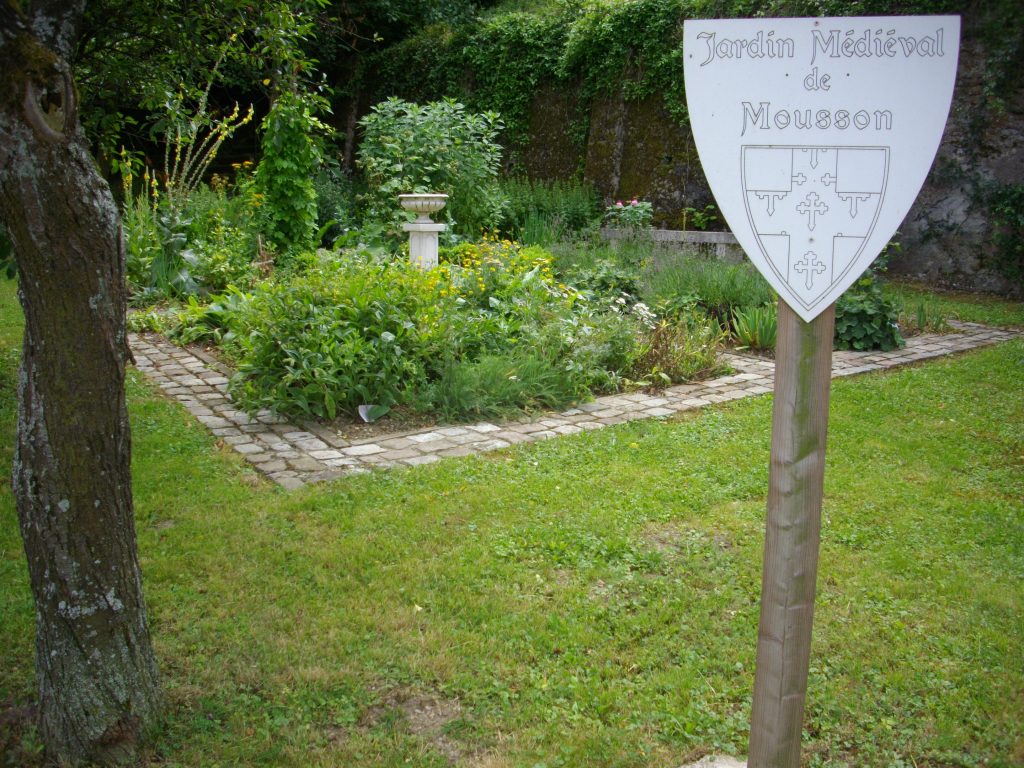

One thought on “Chivalry and Brocade: A Glimpse Into The Extravagant Lifestyle of Medieval Times”